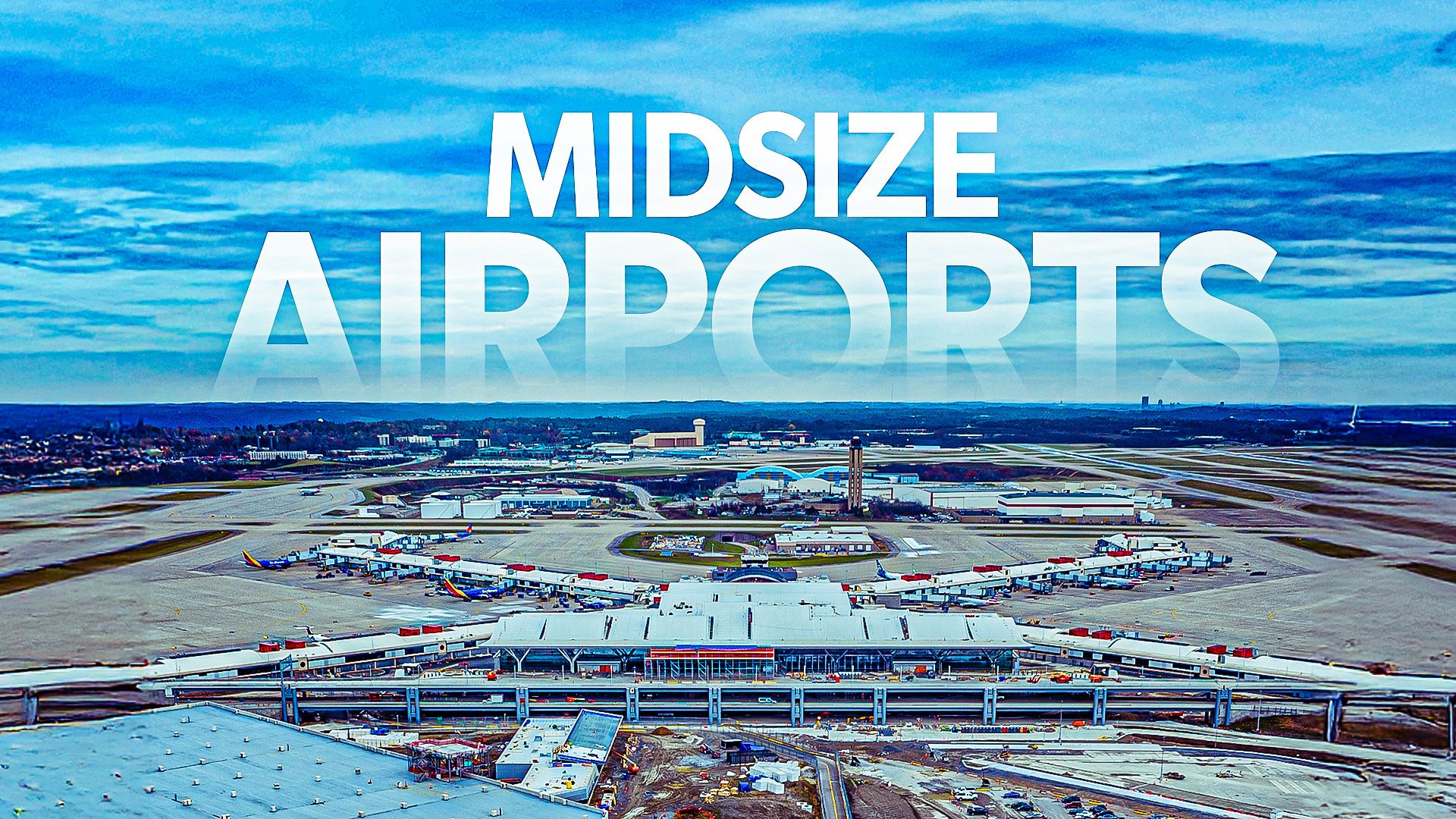Airports in the United States are witnessing a significant transformation as several facilities embark on ambitious terminal renovation and construction projects. This shift comes as a response to the growing demand for modern air travel and the need to replace outdated infrastructure. Notably, airports like Portland International Airport, Pittsburgh International Airport, and Myrtle Beach International Airport are leading the way in enhancing passenger experiences through innovative designs and improved functionalities.
Major Renovations Across the US
Historically, US airports have lagged behind their Asian and European counterparts in terms of architectural appeal. Airports such as Singapore Changi and Paris Charles de Gaulle have set high standards for design and passenger experience. In contrast, many US terminals have remained static, struggling to accommodate increasing passenger volumes. However, recent investments, including funding from a bipartisan infrastructure bill passed in 2021, have initiated a wave of renovations across the country.
The focus of these projects has shifted from traditional airside improvements to terminal enhancements, allowing airports to not only increase capacity but also provide more visually appealing environments. Notable projects include the extensive renovations at Newark Liberty International Airport and LaGuardia Airport, both of which have garnered significant attention for their upgrades.
Smaller airports are also making strides. For example, Portland International Airport, a hub for Alaska Airlines, is set to unveil its new terminal in 2024. This facility aims to reflect the local culture, featuring dining and shopping options from Oregon-based companies and design elements that evoke the Pacific Northwest’s natural beauty.
Highlights of New Terminal Projects
The new terminal at Portland International will emphasize natural light with high ceilings and floor-to-ceiling windows. The airport’s design incorporates extensive wood features sourced from local trees, creating a serene atmosphere for travelers. Additionally, the terminal will improve operational efficiency with more open spaces in pre-security areas and additional gates to accommodate future flight demand.
Pittsburgh International Airport is also undergoing significant changes, with a new landside terminal scheduled to open on November 18, 2025. This facility will replace the outdated terminal designed for connecting flights, focusing instead on the needs of local passengers. Key features will include a streamlined security process, an efficient baggage handling system, and four outdoor terraces—an unusual amenity in US airports.
Myrtle Beach International Airport, classified as a small-hub primary commercial service facility, is another example of modernization efforts. In 2023, the airport announced plans to expand its terminal by adding six gates, increasing its total from 12 to 18. The renovation will include higher ceilings and larger windows, along with enhanced amenities such as more spacious restrooms and improved retail options.
The push for new terminals is driven by a combination of factors. Aging facilities, originally built with 20th-century design trends, are increasingly viewed as inefficient. Modern airport designs prioritize comfort and accessibility, aiming to create environments that help alleviate the stress often associated with air travel.
As these terminals emerge, they not only improve the travel experience for passengers but also have the potential to increase traffic through enhanced public perception. By focusing on aesthetics, functionality, and passenger comfort, airports are redefining their roles in the travel industry.
With ongoing projects at both major and regional airports across the United States, the landscape of air travel is on the verge of transformation. As facilities adapt to meet current and future demands, travelers can look forward to an experience that prioritizes ease and enjoyment, signaling a new era in American aviation.







